
Xplor reconnects kids to nature and helps them find adventure in their own backyard. Free to residents of Missouri.

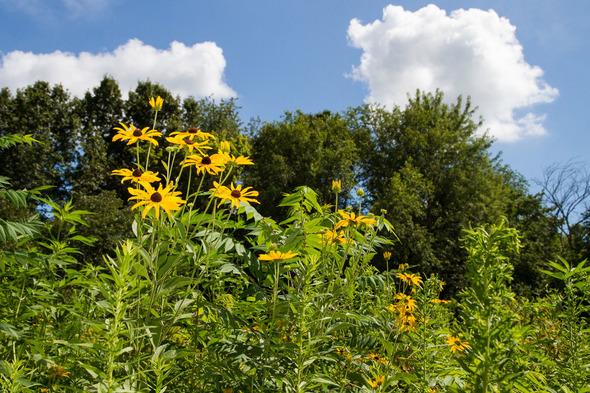
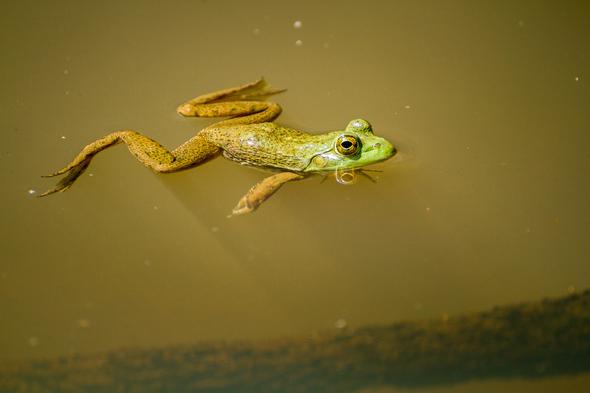
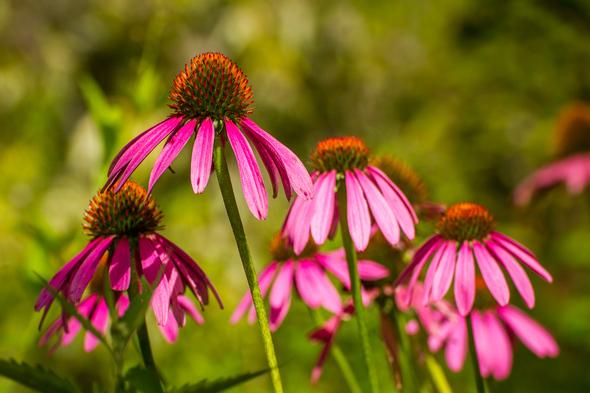
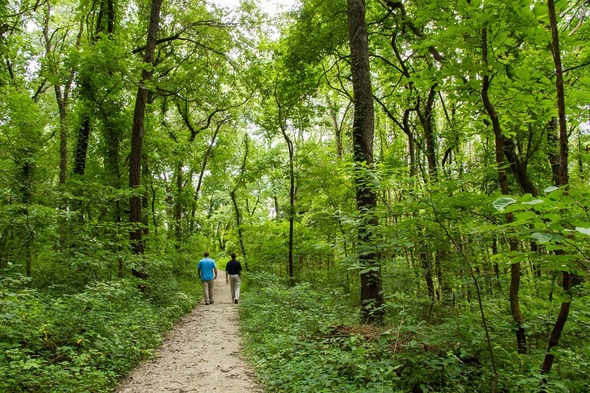
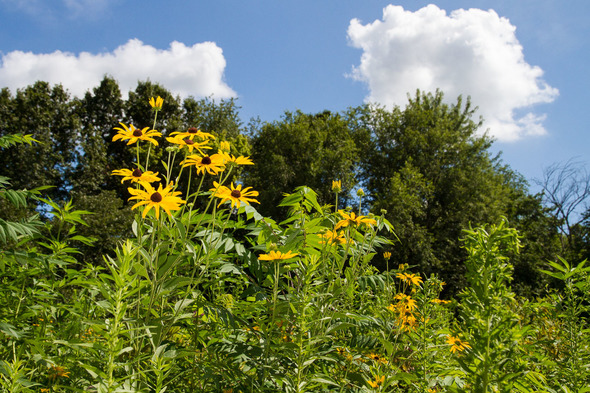
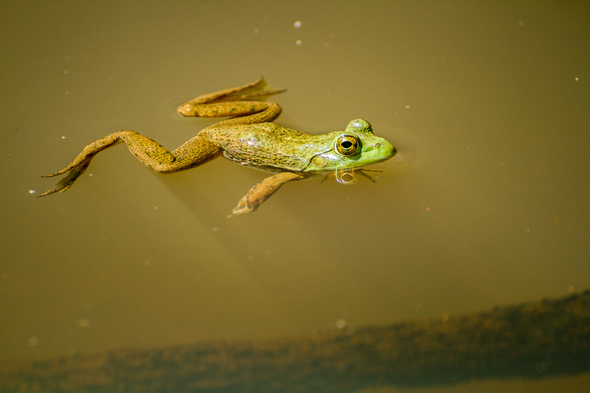
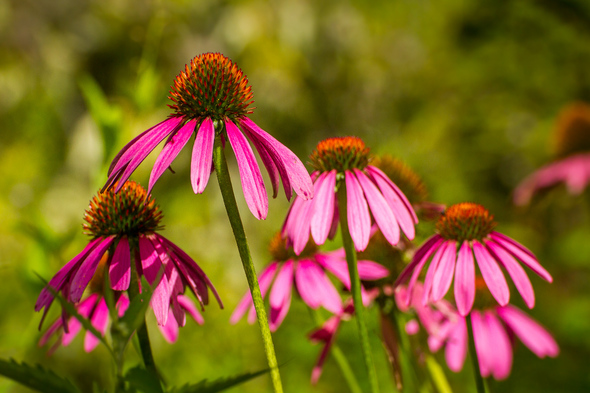
FLORISSANT, Mo.—An aerial view of the city of Florissant reveals a latticework of streets, buildings, and neatly-parceled suburban neighborhoods. One patch of green, however, stands out conspicuously from the concrete web. That green is Little Creek Nature Area, a 100-acre oasis of natural habitat that exists, thanks to the foresight of the Ferguson-Florissant School District. It’s also gotten a boost from the Missouri Department of Conservation (MDC).
Nestled along the north edge of I-270 and just to the west of West Florissant Avenue, Little Creek Nature Area has provided valuable habitat for wildlife and educational opportunities to Ferguson-Florissant students for more than 40 years.
The district purchased the property in the late 1960s as a space where school buses and other district vehicles could be stored. Thanks to forward-thinking educators in the district, the land’s greater potential for nature and environmental education came to be fully realized instead.
Today, the area features three miles of mostly forested trails, a pond, a creek, and a restored prairie, along with outdoor classroom and learning facilities.
“Students in early education through seventh grade come out here once or twice a year to experience nature and gain exposure and hands-on experiences with the outdoors,” said to Eric Hadley, Ferguson-Florissant School District Science Coordinator and manager of Little Creek. Teachers in the district can bring students to Little Creek for their own outdoor activities as well. It is also open to the public Monday through Friday from 9 a.m. to 4 p.m.
In addition, the area hosts semester-long field biology classes from all three of the district’s high schools. Hadley said the students are outside every day and experience the weather, the terrain, the trees, the animals, the woods, and the insects first hand. They observe, study, and compare each habitat, from stream life, to prairie plants, to the trees of the forest. The students not only learn about the natural environment, they help with the nature area’s management, like assisting with annual prescribed prairie burning.
The experiences of the high school students are among those that impress Hadley the most. Some of these students are new to the district and have never been to Little Creek, and perhaps not had much in the way of outdoor experiences at all.
“They have preconceived notions that the woods are dangerous and have animals ready to pounce on them,” Hadley said. “Within a few weeks, they begin to get excited about that venture into the woods and want to protect Little Creek and other natural environments.”
Surrounded by an urbanized landscape, Little Creek has experienced its share of challenges. One of those was with its own namesake, the spring-fed creek.
”The creek was a typical urban stream—out of whack, steep, with unstable stream banks. A leaking sewer pipe was causing water quality issues and students couldn’t use the creek for educational programs.” That was MDC Community Conservation Planner Perry Eckhardt’s assessment when he first surveyed the area 10 years ago.
Eckhardt worked with a stream engineering firm to develop solutions to the problems the stream was experiencing. Making use of cost-share monies, a significant grant from the Conservation Heritage Fund, and assistance from a number of outside partners, bank stabilizations structures were built and riparian plantings completed. Metropolitan Sewer District repaired the leaking pipe and performed other stabilization work.
Eventually, the creek became suitable for students to use and was restored to quality aquatic habitat. Today students do dip netting to find insects and crayfish.
“They’re now pulling out much higher quality critters and macro invertebrates,” said Eckhardt. “The kids love getting in it.”
“It’s because of Perry’s vision students can get to the creek and experience it in ways they never could before,” Hadley said. “Something about water makes kids excited, they lose themselves in it, whether they’re learning about it or just being around it.”
Little Creek Nature Area has also taken advantage of MDC’s Tree Resource Improvement and Maintenance (TRIM) Grant and the Community Conservation Grant to enhance its terrestrial communities. The department provided technical assistance for improving the area’s pond, where students practice catch-and-release fishing. In the future, Hadley plans to seek technical advice from MDC on doing timber stand improvement work.
“Little Creek is a place where students get to be outdoors, learn how nature can positively affect them, and how they can positively affect nature,” Hadley observed.
According to Eckhardt, a place like Little Creek Nature Area—owned and managed by a school district for the benefit of its students and community—is a truly unique resource in Missouri. Perhaps even the country.
“I would have loved to have been able to get a jump start into conservation in a place like this,” he said.
For more information on MDC programs offering assistance for private and public property, go to https://mdc.mo.gov/.